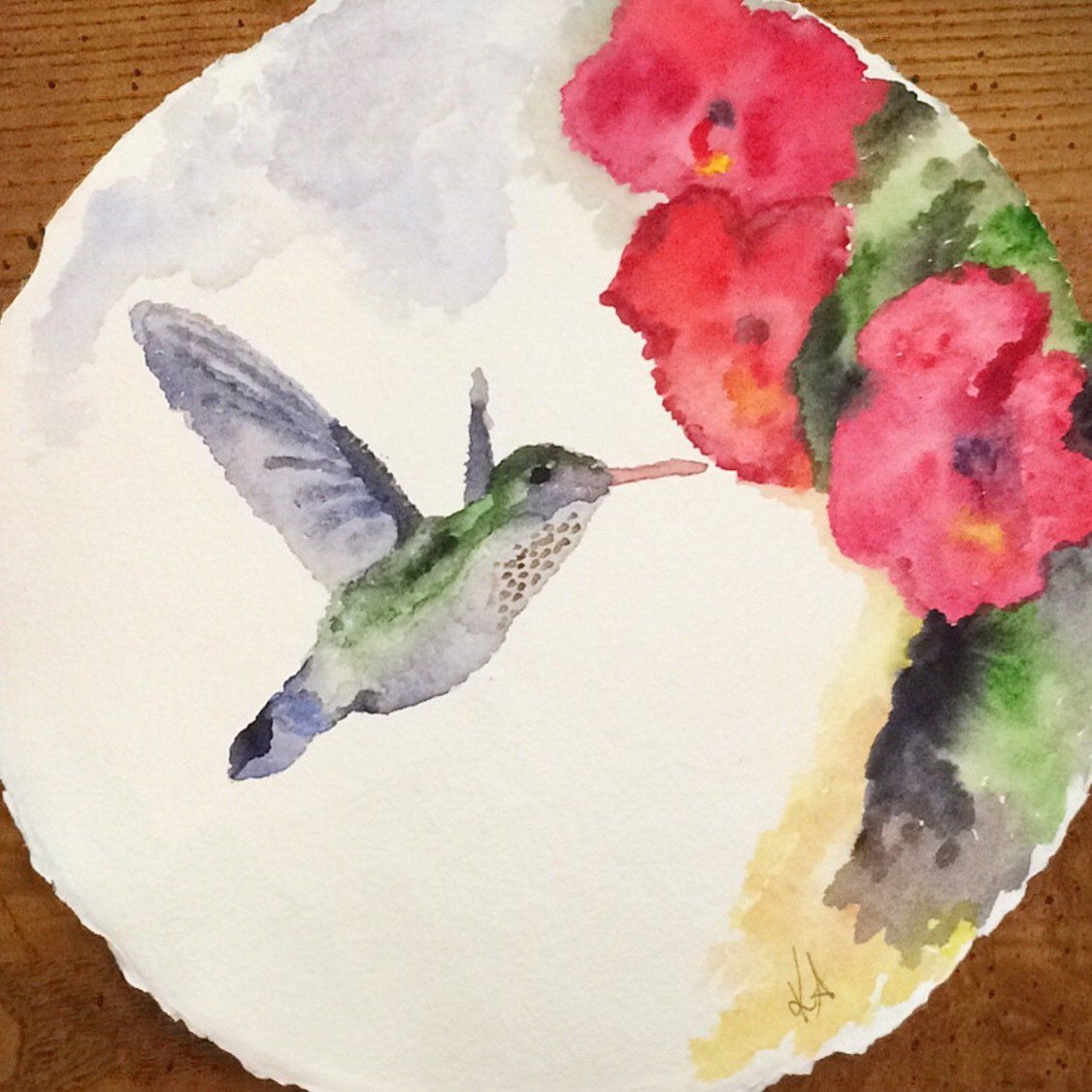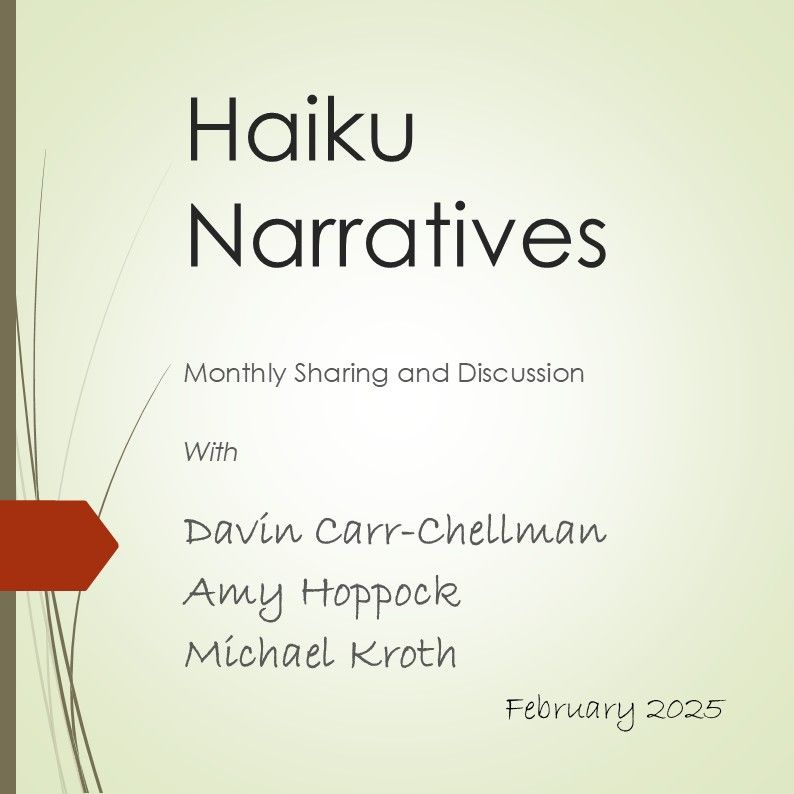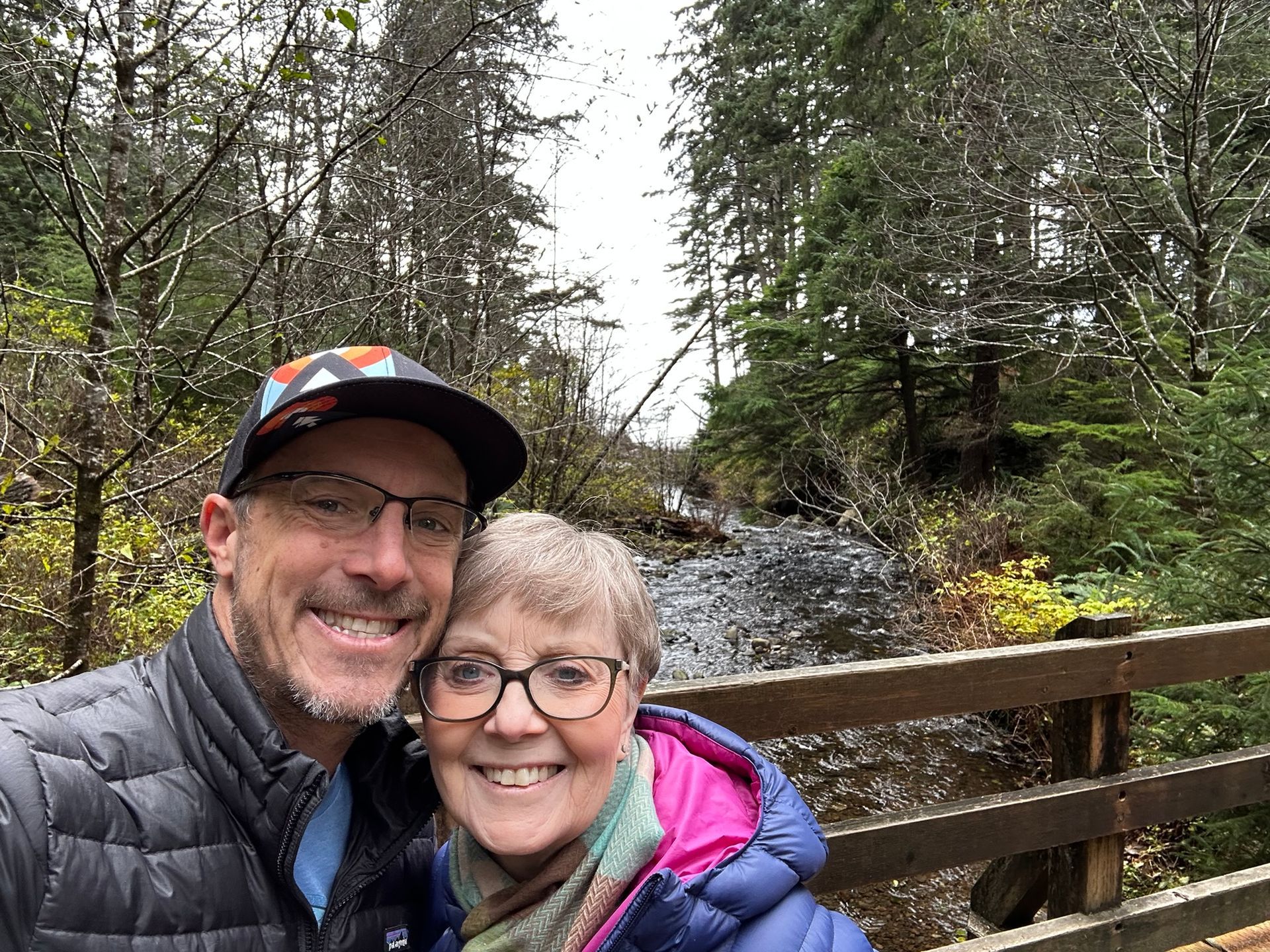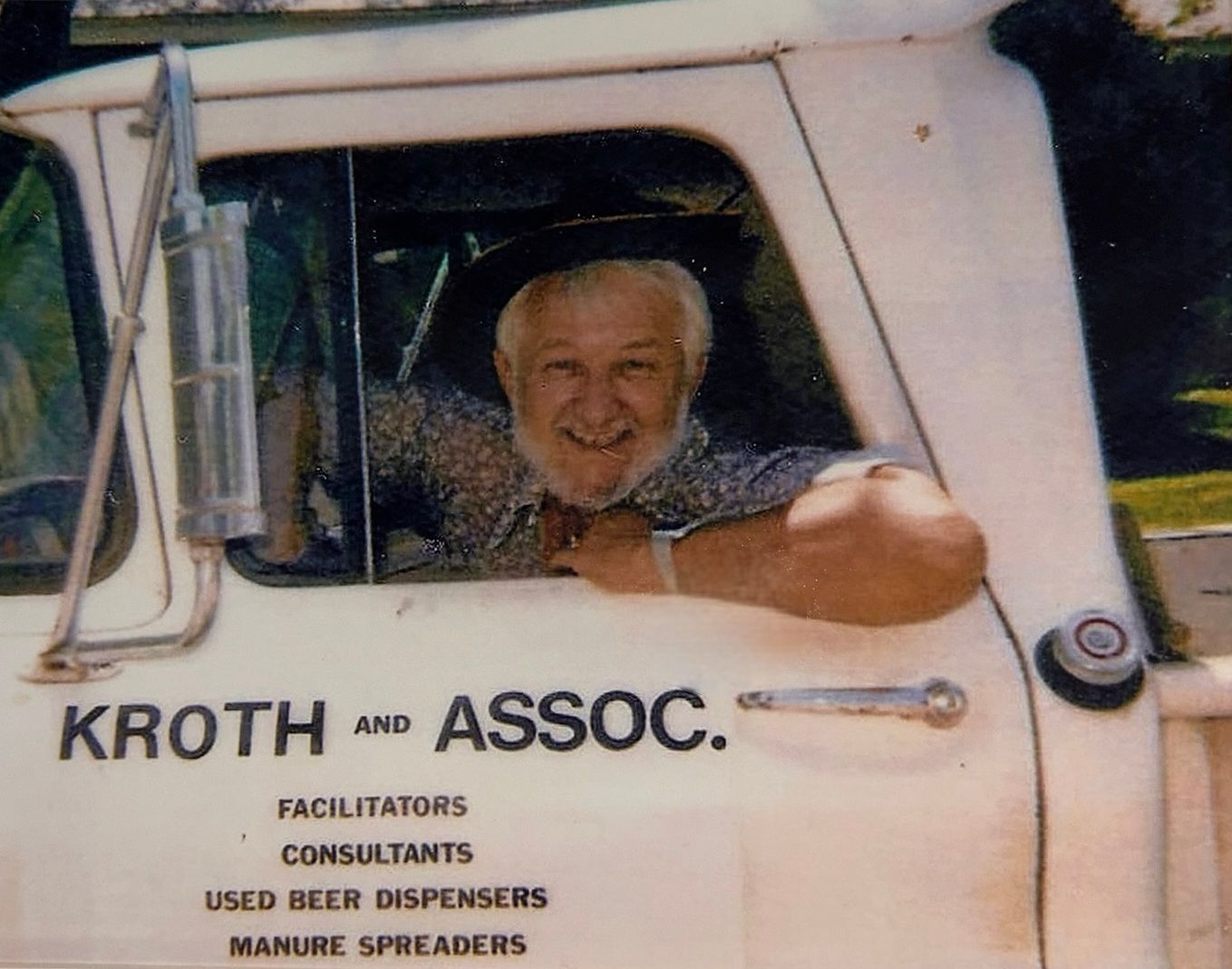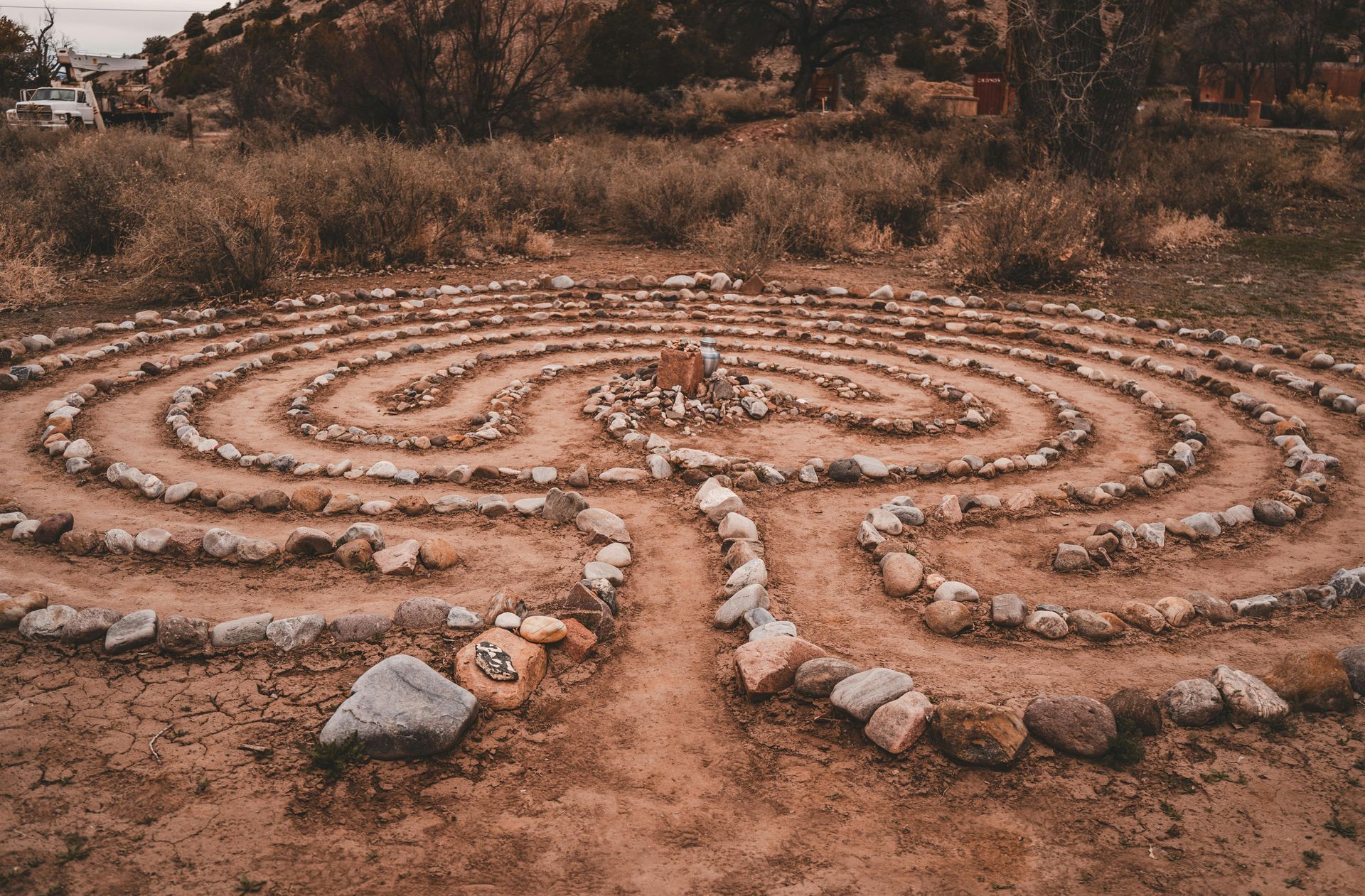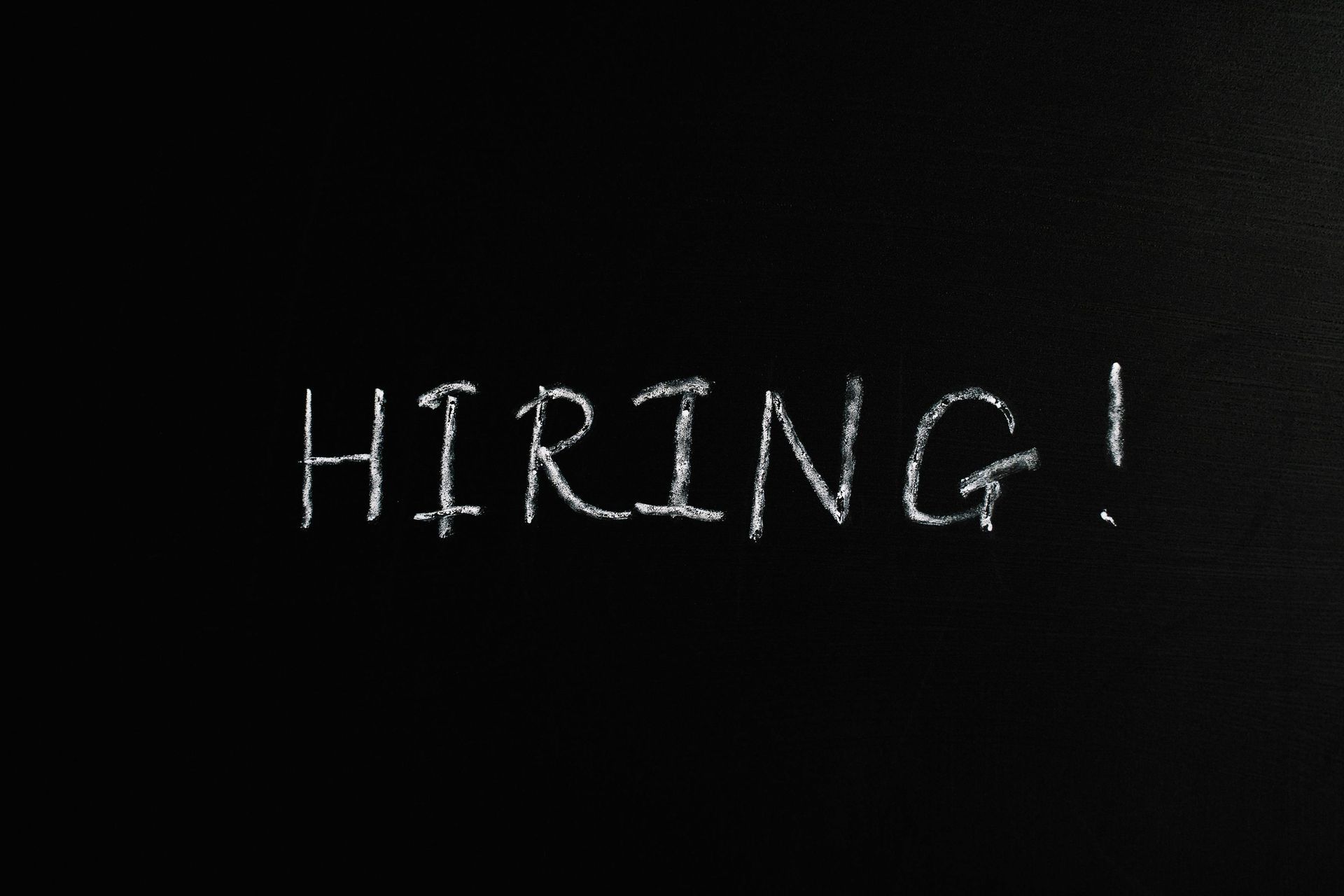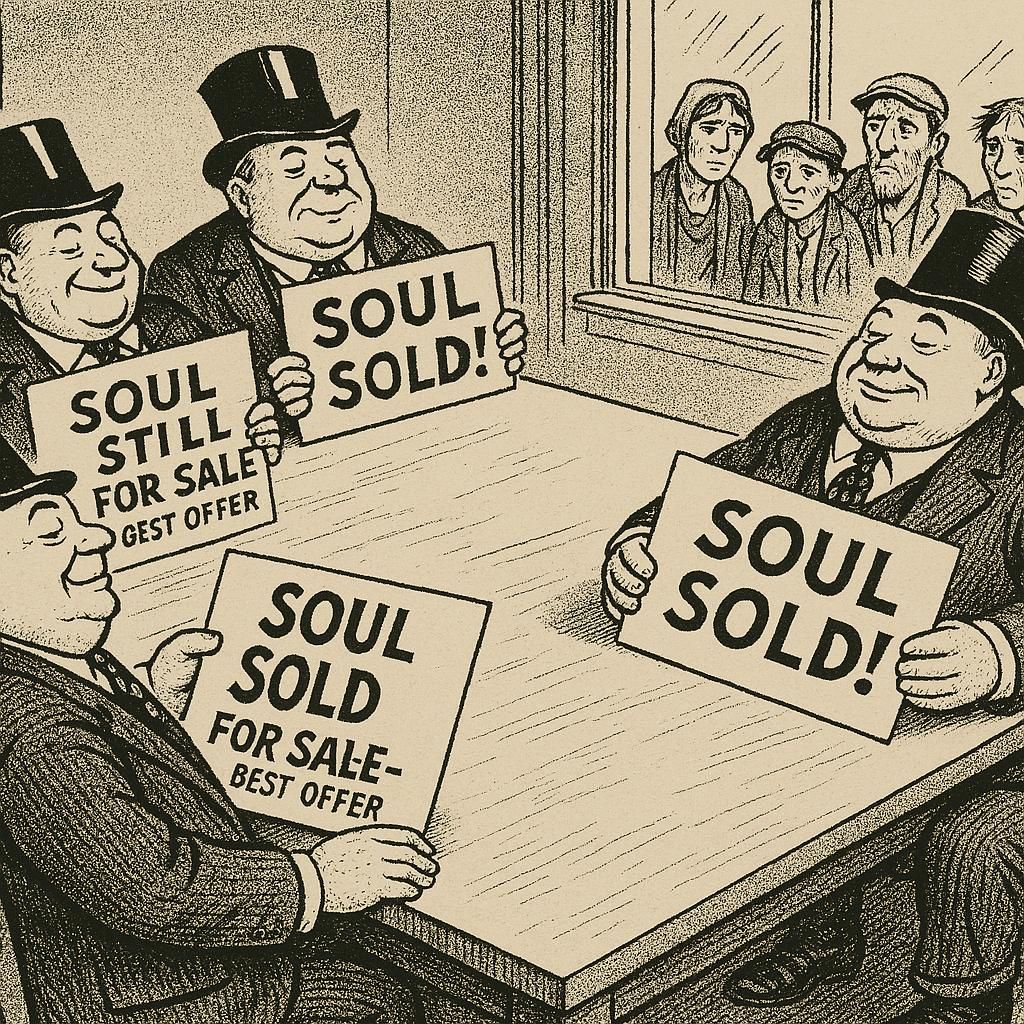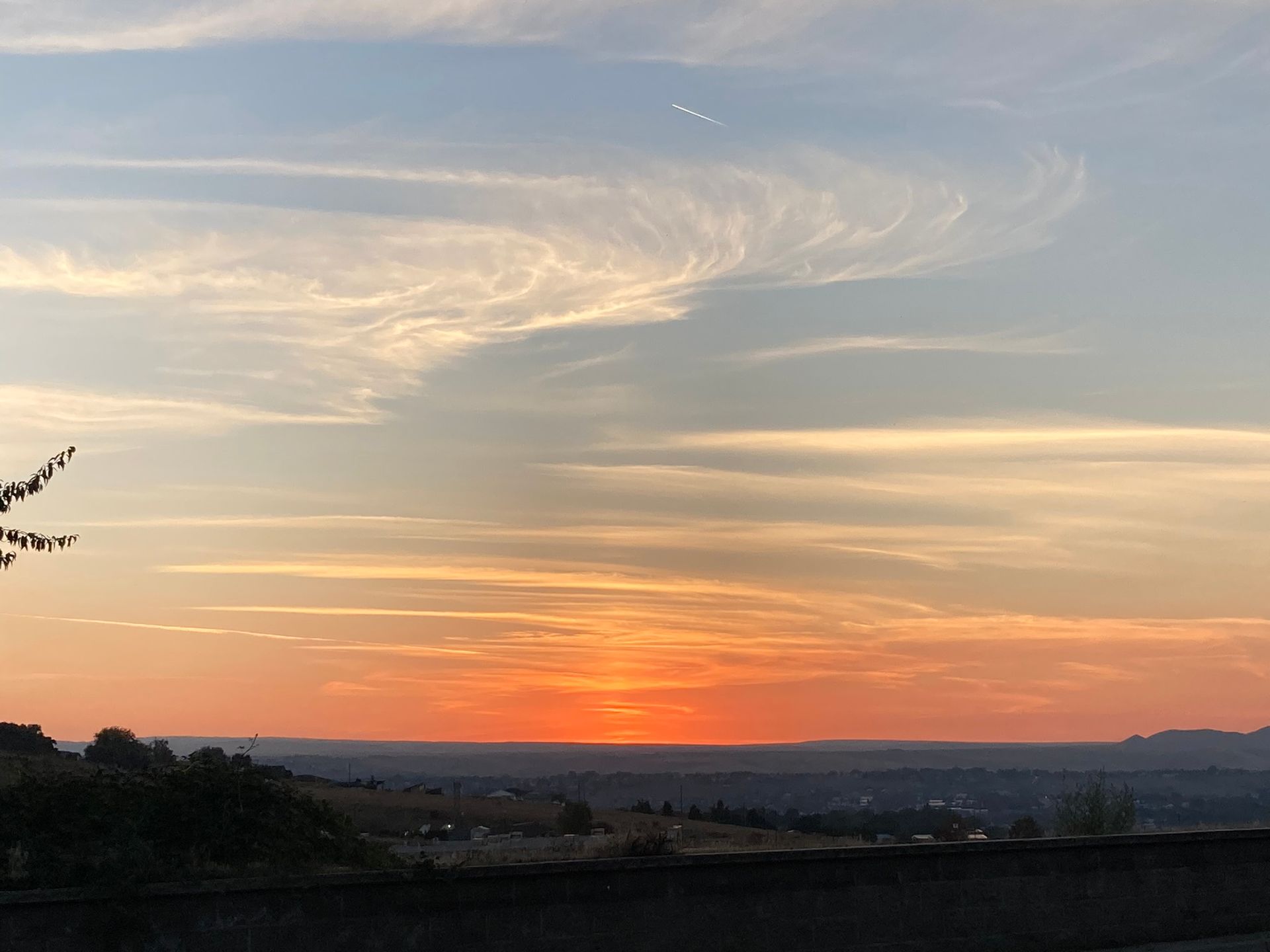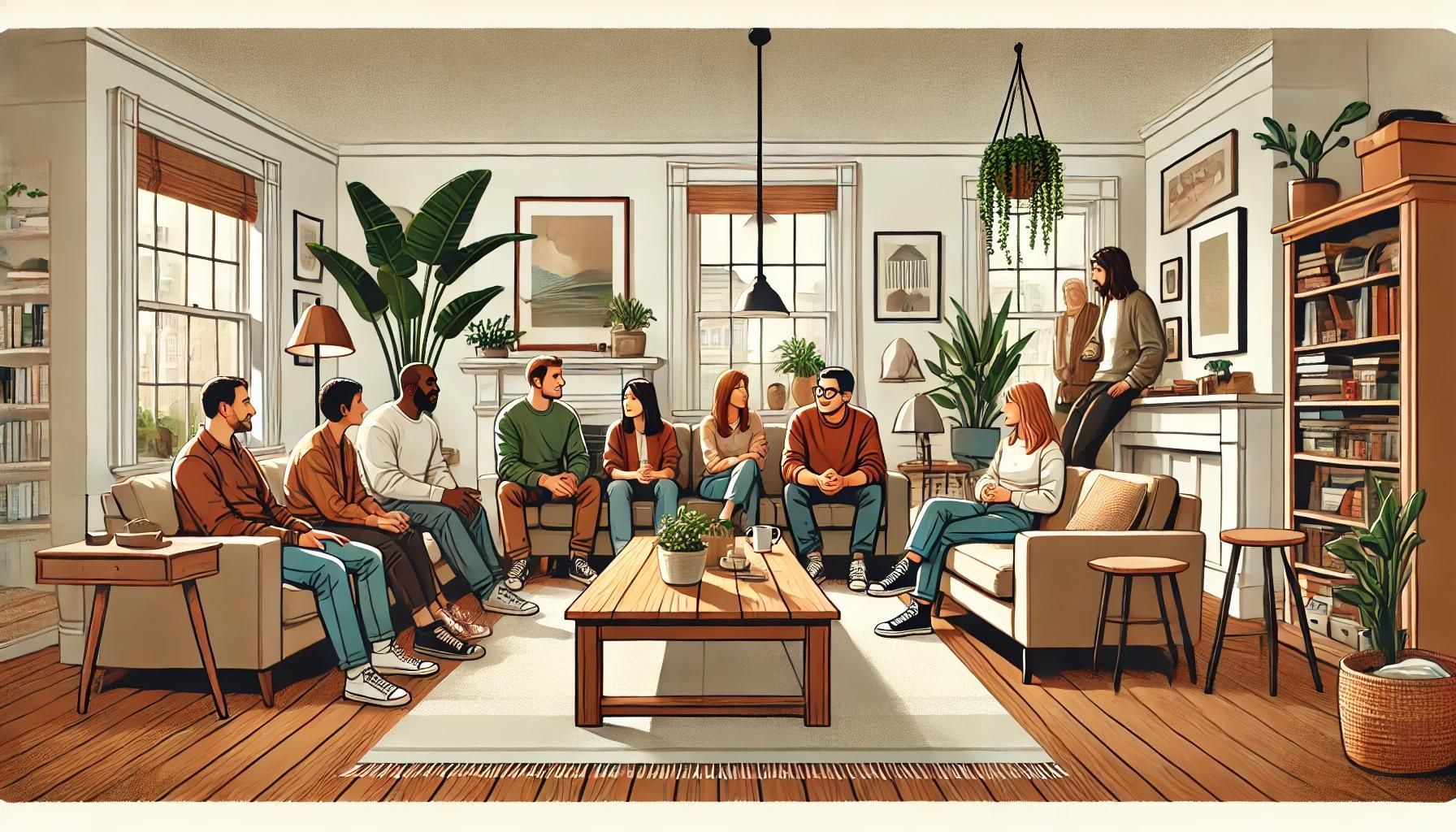Looking to See
“In a sense, as we are creative beings, our lives become our work of art.” ~Julia Cameron
Looking to See
By Kelly Anderson
“ In a sense, as we are creative beings, our lives become our work of art.” Julia Cameron
Over the past month or so, a robin has been hunting in my backyard. With her keen vision, she catches a surprising number of earthworms, but it’s a little painful to watch as she constantly twists her neck and tilts her head to peer at the soil from different angles. As with all birds, her eyes are fixed in her head - she can’t roll them around like a human, so she moves her head for each new view. To add to the challenge, her eyes are situated on each side of her head, so as one eye searches the ground for food the other eye watches for predators in the sky above. I get a headache just thinking about going through life constantly tilting my head, and then processing the opposing views from each eye. Luckily, the robin is built to handle these complexities.
Humans face a different kind of complexity in seeing . Although our eyes move and work together to take in the view, we actually have two ways of processing that view - a logical, analytical, linear way and an artistic, creative, holistic way. And, we have a choice about which way to sense and process the information from the world around us.
I’ve recently been on a quest to improve my drawing skills, and this effort has helped me to better understand these two ways of the brain. I cannot draw well, and I’ve always wanted to be able to draw at a level above that of the average six year old child. About fifteen years ago, I started working through the book Drawing on the Right Side of the Brain by Betty Edwards, and discovered that my child-like drawing has more to do with seeing and sensing than my physical drawing skills. Somewhere along the way, for what could be any number of reasons, I quit using my “artist brain”, and my “logic brain” took control of my drawing.
According to Julia Cameron , the “artist brain” is creative, holistic, associative, relational, and thinks in patterns and shadings. The “logic brain”, on the other hand, names and categorizes and processes in a linear way, and it tends to be the preferred brain in Western culture. But to draw well, you must see with an artist brain, or what Betty Edwards refers to as the right side of the brain. You must look past the named and categorized objects and see deeply and holistically. Betty Edward’s book is about relearning how to do just that.
In my initial attempt to work through Drawing on the Right Side of the Brain , I had started to experience seeing in the way of an artist, but my logic brain put up an intense fight and I eventually gave up. Fortunately, my desire to draw well has lingered, and a few months ago I dug out Betty’s book and decided to give it another try. This time I’m making real progress and I think my sketches have almost reached the level of a skilled ten year old!
I still have a lot of work to do, but I’m motivated and encouraged. And, most importantly, the creative experience now feels different. I’ve lost my fear of “creating visual art”. The watercolor I shared above, “Hummingbird and Hibiscus”, is the first painting I’ve done in over fifty years, and creating it felt playful and trusting, in the moment, and deeply aware. It defied logic. It was delightful!
Undoubtedly, there are many techniques I have yet to develop to be a “skilled artist”. But, no matter the quality of the product, the experience of creative expression has taken on a new richness. A new imperative. Through my attempts at different art forms, I’m starting to understand what Frederick Franck meant when he said
“It is in order to really see, to see ever deeper, ever more intensely, hence to be fully aware and alive, that I draw….Drawing is the discipline by which I constantly rediscover the world. I have learned that what I have not drawn, I have never really seen, and that when I start drawing an ordinary thing, I realize how extraordinary it is, sheer miracle.” (Quoted in Drawing on the Right Side of the Brain.)
Based on my experience, it seems that all creative expression involves processing through the artist brain - it involves really seeing . To express oneself through drawing and painting, writing haiku and other poetry, playing music, dancing, gardening, cooking, and creatively solving wicked problems, one must sense in a different way. One must sense deeply, holistically, relationally, and in the moment. Sound familiar?
Recommended Resources
Drawing on the Right Side of the Brain by Betty Edwards
The Artist’s Way by Julia Cameron

